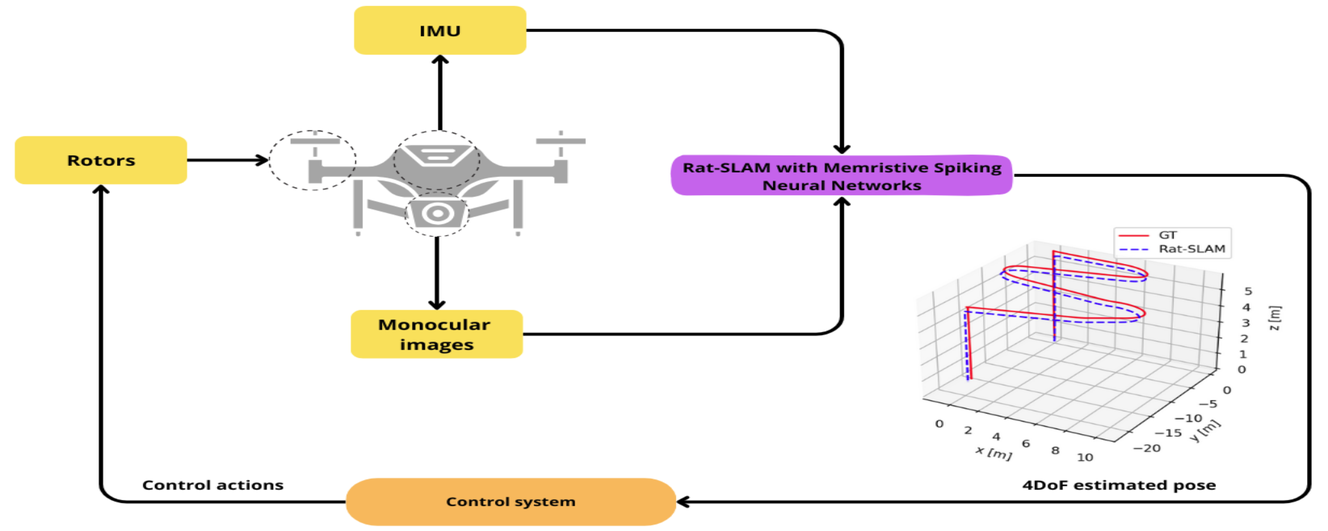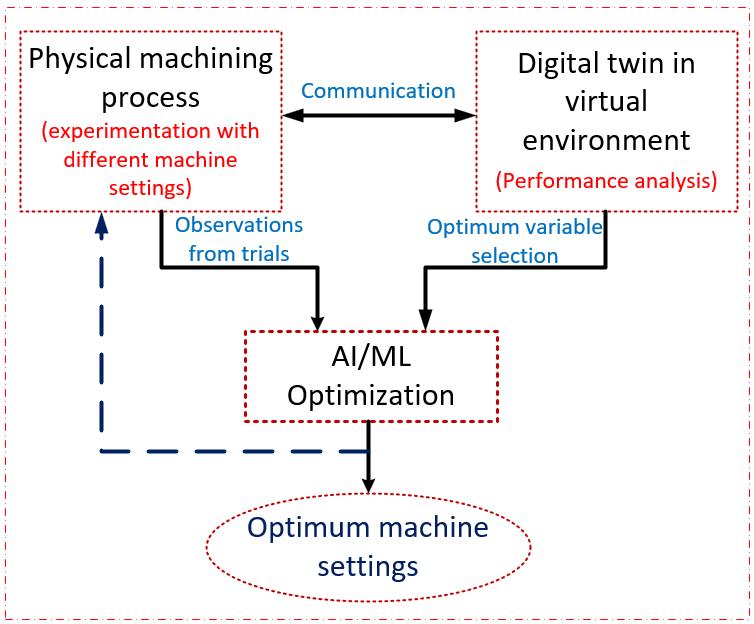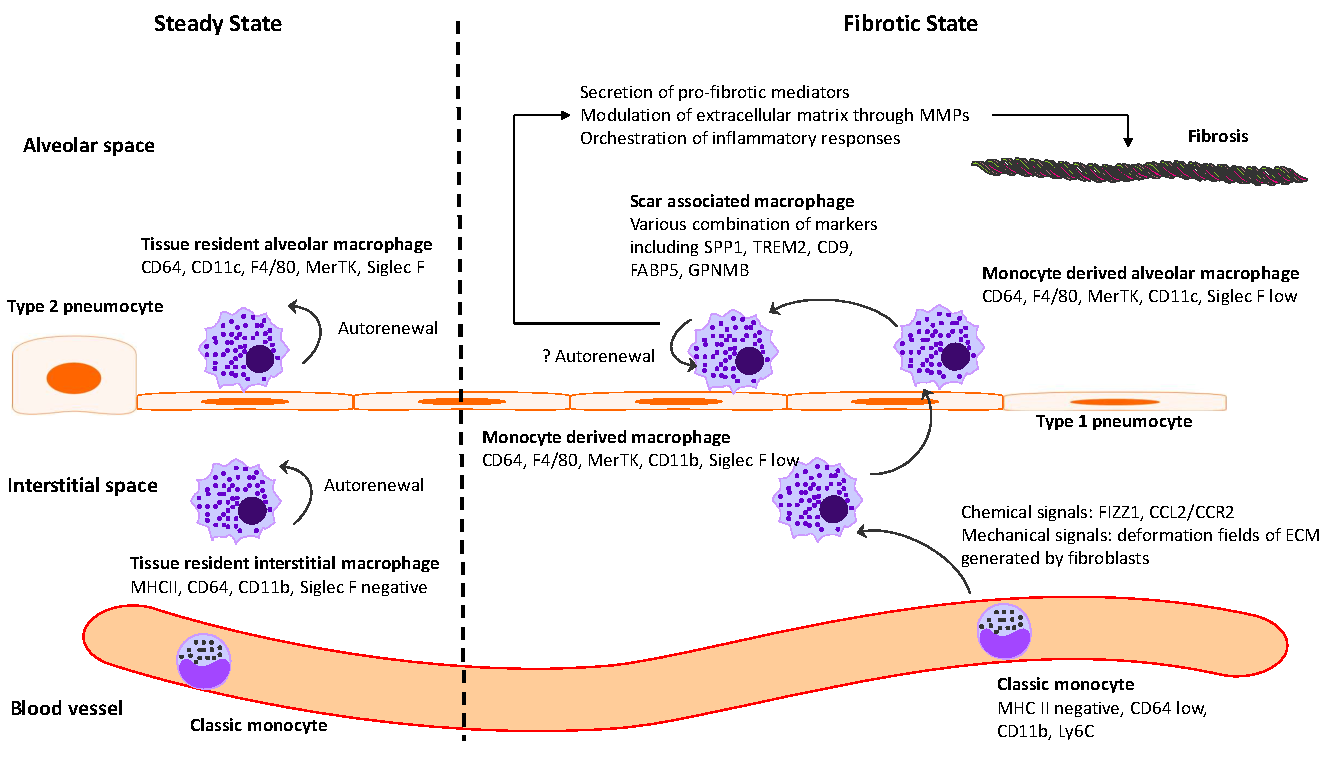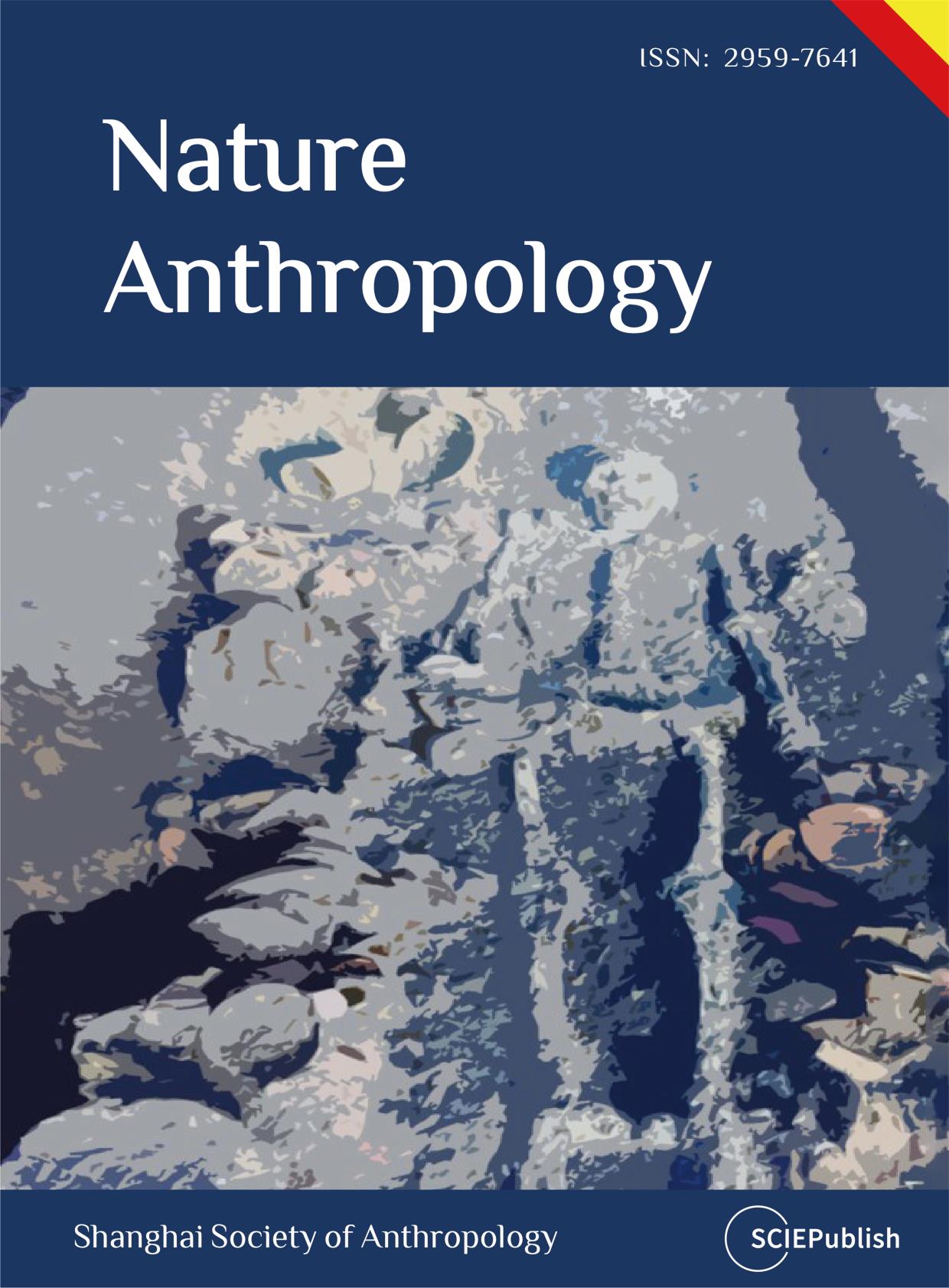Artiles
Article
19 February 2025The Effect of Polyethylene Glycol on Cobalt Oxide Nanoparticles Prepared Using Sonochemical Synthesis
In this work, Cobalt oxide nanoparticles (Co3O4·NPs) were synthesized via a simple sonochemical reaction by using polyethylene glycol (PEG) as a surfactant. Structural, morphological and spectroscopic analysis of obtained powder (Co3O4·NPs) was investigated by X-ray diffraction, FTIR spectroscopy and scanning electron microscope (SEM). The nanocrystalline nature of the sample was confirmed by XRD, which exhibits the cubic face-centered normal spinel structure of (Co3O4·NPs) and the space group of Fd-3m with the average crystallite size around 15 nm. FTIR spectrum shows two strong absorption bands of (Co+2–O) and (Co+3–O) which confirm the spinel structure of Co3O4·NPs. Moreover, SEM micrographs showed that the agglomeration of the nanoparticles was reduced by the addition of (PEG) surfactant and UV-Vis was used to study the synthesized material’s optical properties. The Co3O4 band gap ranged around 2.2 and 3.5 eV.

Editorial
19 February 2025
Article
18 February 20254DoF Rat-SLAM with Memristive Spiking Neural Networks for UAVs Navigation System
Unmanned Aerial Vehicles (UAVs) are versatile platforms with potential applications in precision agriculture, disaster management, and more. A core need across these applications is a navigation system that accurately estimates location based on environmental perception. Commercial UAVs use multiple onboard sensors whose fused data improves localization accuracy. The bioinspired Rat-Simultaneous Localization and Mapping (Rat-SLAM) system, is a promising alternative to be explored to tackle the localization and mapping problem of UAVs. Its cognitive capabilities, semi-metric map construction, and loop closure make it attractive for localization in complex environments. This work presents an improved Rat-SLAM algorithm for UAVs, focusing on three innovations. First, Spiking Neural Networks (SNNs) are incorporated into Rat-SLAM’s core modules to emulate biological processing with greater efficiency. Second, Neuromorphic Computing models the neurons of the SNNs, assessing the feasibility of implementing SNNs on specialized hardware to reduce software processing, a key advantage for UAVs with limited onboard resources. Third, SNNs are developed based on the Memristive Leaky Integrate-and-Fire model, integrating memristors into artificial neurons to leverage their low power and memory properties. Our approach was evaluated through trajectory simulations using the Hector Quadrotor UAV in the Gazebo environment within the Robot Operating System, yielding valuable insights and guiding future research directions.

Review
18 February 2025Digital Twin and Artificial Intelligence in Machining: A Bibliometric Analysis
The past decade has witnessed an exodus toward smart and lean manufacturing methods. The trend includes integrating intelligent methods into sustainable manufacturing systems purposely to improve the machining efficiency, reduce waste and also optimize productivity. Manufacturing systems have seen transformations from conventional methods, leaning towards smart manufacturing in line with the industrial revolution 4.0. Since the manufacturing process encompasses a wide range of human development capacity, it is essential to analyze its developmental trends, thereby preparing us for future uncertainties. In this work, we have used a Bibliometric analysis technique to study the developmental trends relating to machining, digital twins and artificial intelligence techniques. The review comprises the current activities in relation to the development to this area. The article comprises a Bibliometric analysis of 464 articles that were acquired from the Web of Science database, with a search period until November 2024. The method of obtaining the data includes retrieval from the database, qualitative analysis and interpreting the data via visual representation. The raw data obtained were redrawn using the origin software, and their visual interpretations were represented using the VOSviewer software (VOSviewer_1.6.19). The results obtained indicate that the number of publications related to the searched keywords has remarkably increased since the year 2018, achieving a record maximum of over 80 articles in 2024. This is indicative of its increasing popularity. The analysis of the articles was conducted based on the author countries, journal types, journal names, institutions, article types, major and micro research areas. The findings from the analysis are meant to provide a bibliometric explanation of the developmental trends in machining systems towards achieving the IR 4.0 goals. Additionally, the results would be helpful to researchers and industrialists that intend to achieve optimum and sustainable machining using digital twin technologies.

Review
18 February 2025The Intersection between Immune System and Idiopathic Pulmonary Fibrosis—A Concise Review
Idiopathic pulmonary fibrosis (IPF) is marked by progressive alveolar destruction, impaired tissue regeneration, and relentless fibrogenesis, culminating in respiratory failure and death. A diverse array of resident and non-resident cells within the lung contribute to disease pathogenesis. Notably, immune cells, both resident and recruited, respond to cues from sites of lung injury by undergoing phenotypic transitions and producing a wide range of mediators that influence, initiate, or dictate the function, or dysfunction, of key effector cells in IPF pathology, such as alveolar epithelial cells, lung fibroblasts, and capillary endothelial cells. The role of the immune system in IPF has undergone an interesting evolution, oscillating from initial enthusiasm to skepticism, and now to a renewed focus. This shift reflects both the past failures of immune-targeting therapies for IPF and the unprecedented insights into immune cell heterogeneity provided by emerging technologies. In this article, we review the historical evolution of perspectives on the immune system’s role in IPF pathogenesis and examine the lessons learned from previous therapeutic failures targeting immune responses. We discuss the major immune cell types implicated in IPF progression, highlighting their phenotypic transitions and mechanisms of action. Finally, we identify key knowledge gaps and propose future directions for research on the immune system in IPF.

Article
18 February 2025Are Memory Updating Tasks Valid Working Memory Measures? A Meta-Analysis
The memory updating (MU) process is a core component of working memory (WM). To systematically examine the validity of two commonly used MU tasks as WM measures, the present meta-analysis (76 studies, total N = 16,184) synthesized results on the correlation between the two MU tasks and two criterion tasks (working memory capacity (WMC) and fluid intelligence (Gf)). Results indicated a moderate correlation between running memory (RM) and WMC (r = 0.42, 95% CI = [0.37, 0.48]), a weak correlation between n-back and WMC (r = 0.23, 95% CI = [0.19, 0.28]), and moderate correlations between both RM (r = 0.40, 95% CI = [0.35, 0.46]) and n-back (r = 0.34, 95% CI = [0.32, 0.37]) and Gf. Subgroup analyses showed that memory load moderated the correlation between RM and WMC, and stimulus-onset asynchrony moderated the correlation between n-back and both WMC and Gf. The recollection and recognition nature of RM and n-back contributed to their different correlation with WMC, and the involvement of controlled attention in both tasks accounted for their association with Gf. The present meta-analysis indicated that RM is a more valid WM measure in behavioral studies on individual differences.

Perspective
18 February 2025The Reconfiguration of Social Bonds in the Digital Age: Virtual Connections vs. Face-to-Face Relationships
The article examines how smartphones and social media are transforming human interactions, challenging traditional concepts of friendship, intimacy, and belonging. Phenomena such as “phubbing” and constant connectivity are explored, highlighting the negative impacts of hyperconnectivity on the quality of face-to-face interactions and emotional well-being. While these technologies expand the reach of connections, they often lead to more superficial relationships, altering family, educational, and professional dynamics. Anthropological analysis is emphasized as essential for understanding these changes, revealing how digital practices vary across different cultural and social contexts. Ethnographic studies and innovative methodologies are suggested to investigate how digital technologies reshape identities, communities, and social hierarchies. The importance of an interdisciplinary approach, combining anthropology, psychology, and data science, is underscored to address the emerging challenges of the digital era and foster more authentic and healthy human relationships.

Article
18 February 2025Unemployment, Inequality, and Occupational Stress: Mental Health Outcomes in Brazil (2012–2022)
This study examines the relationship between occupational stress-related leaves, classified under International Classification of Diseases code F43, and socioeconomic factors such as unemployment, income inequality, and worker income in Brazil from 2012 to 2022. Work-related stress disorders, especially those involving severe stress reactions and adjustment disorders, are big problems for occupational health. Bad working conditions and differences in income can make these problems worse. This research utilized secondary data from official Brazilian databases to perform time-series analyses and structural equation modeling. Results revealed a decline in stress-related leaves during the COVID-19 pandemic, likely influenced by remote work adoption and reduced exposure to workplace hazards. Structural modeling identified key relationships: unemployment rates and occupational risk exposure were positively associated with stress-related leaves, while higher income levels were protective. Unexpectedly, income inequality influenced aggression-related leaves but had no significant direct impact on stress-related leaves. These findings underscore the multifaceted impact of socioeconomic and workplace factors on occupational health, highlighting the need for policies addressing mental health at work and fostering equitable labor conditions. The study also identifies limitations, including potential underreporting and the exclusion of demographic nuances. Future research should adopt a multidisciplinary approach and consider disaggregated data to enhance understanding and intervention strategies.

Perspective
18 February 2025The Emerging “AI Artists”: Breaking the Metacrisis and the Fear of Losing Human Creativity
The emergence of artificial intelligence (AI) in the creative arts has ignited a global discourse on the intersection of technology, human creativity, and artistic expression. This paper examines the rise of “AI artists” within the broader context of neuropsychology, the metacrisis, and theories of art and creativity. Drawing on Ian McGilchrist’s hemispheric theory, it explores how AI, often associated with left-hemisphere analytical dominance, can paradoxically contribute to right-hemisphere creative processes. The study evaluates the role of AI in expanding artistic boundaries, democratizing creative expression, and redefining authorship, while addressing concerns about originality, cultural significance, and the potential devaluation of human-made art. Through an anthropological and philosophical lens, the paper argues that AI does not replace human creativity but rather augments it, offering novel tools for artistic exploration. By integrating insights from cognitive science, aesthetics, and digital humanities, this article positions AI as a collaborator in artistic evolution rather than a competitor. Ultimately, there is an assertion that the human capacity for meaning-making and emotional resonance remains irreplaceable, ensuring that human creativity persists and thrives alongside AI-generated art.

Article
17 February 2025Comparative Study of Elastomer Nanocomposites Respectively Containing SWCNTs and MWCNTs
Carbon nanotubes (CNTs) are essential for providing polymers with mechanical reinforcement and multifunctional properties. This study investigated two groups of nitrile butadiene rubber (NBR) nanocomposites containing single-walled carbon nanotubes (SWCNTs) and multi-walled carbon nanotubes (MWCNTs), respectively. SWCNTs were purified to remove appro-ximately 20 wt.% of impurities, and both CNTs were modified with polyethylene glycol tert-octylphenyl ether (Triton X-100) before emulsion compounding and 2-roll milling with NBR. MWCNTs were found to disperse in the elastomer matrix relatively uniformly, while SWCNTs formed aggregates. Consequently, NBR/MWCNT nanocomposites exhibited superior mechanical properties, e.g. a tensile strength of 10.8 MPa at 4.02 vol.% MWCNTs, compared to 5.6 MPa for NBR/SWCNT nanocomposites. Additionally, NBR/MWCNT nanocomposites exhibited more remarkable electrical conductivity and swelling resistance to toluene. The diameter of elastomer macromolecules (0.2–0.5 nm) is close to that of SWCNTs (1–2 nm), and their single graphene wall with a hollow structure makes SWCNTs almost as flexible as elastomer macromolecules. This similarity suggests that SWCNTs should be treated as a special type of polymer. SWCNTs cannot disperse as uniformly as MWCNTs in the elastomer matrix, likely due to their smaller size and lower sensitivity to mechanical shearing during the emulsion compounding and 2-roll milling process.
